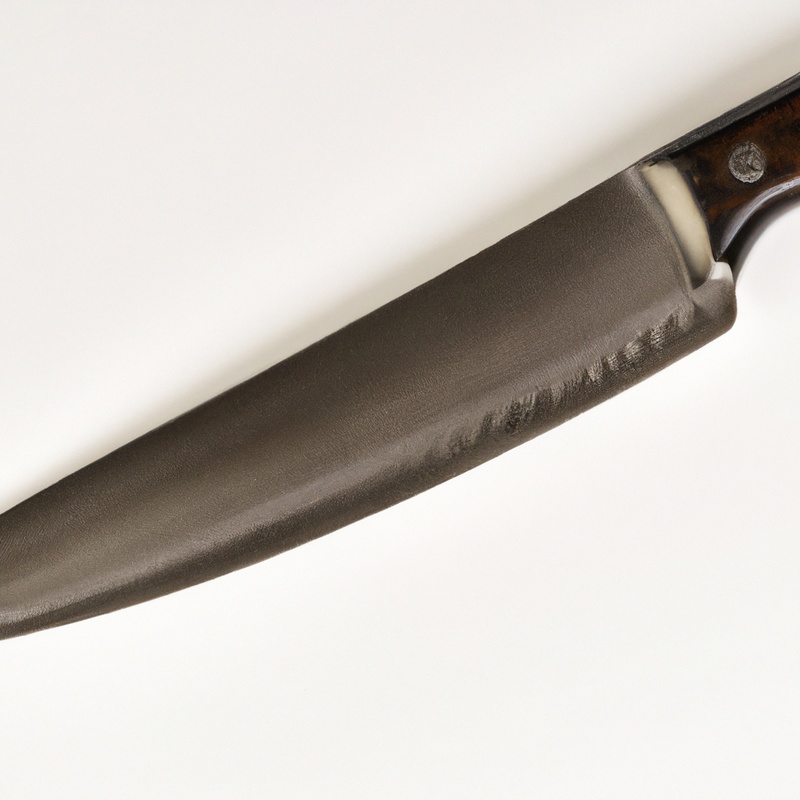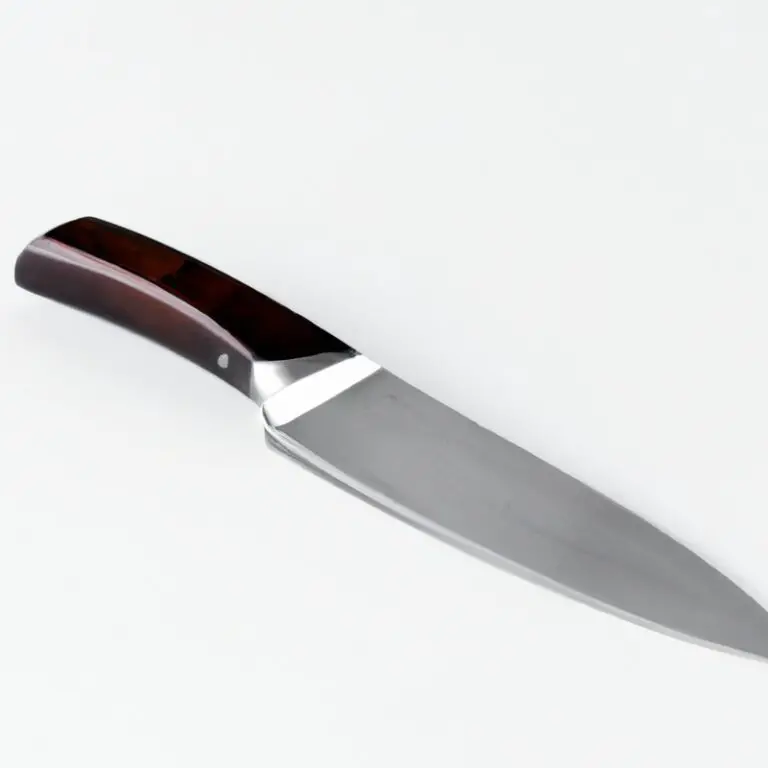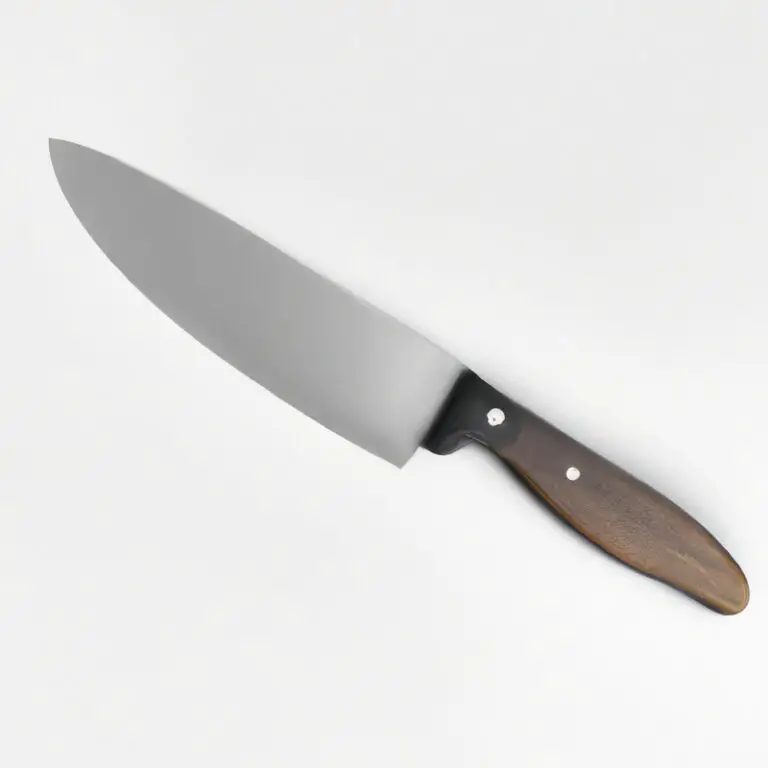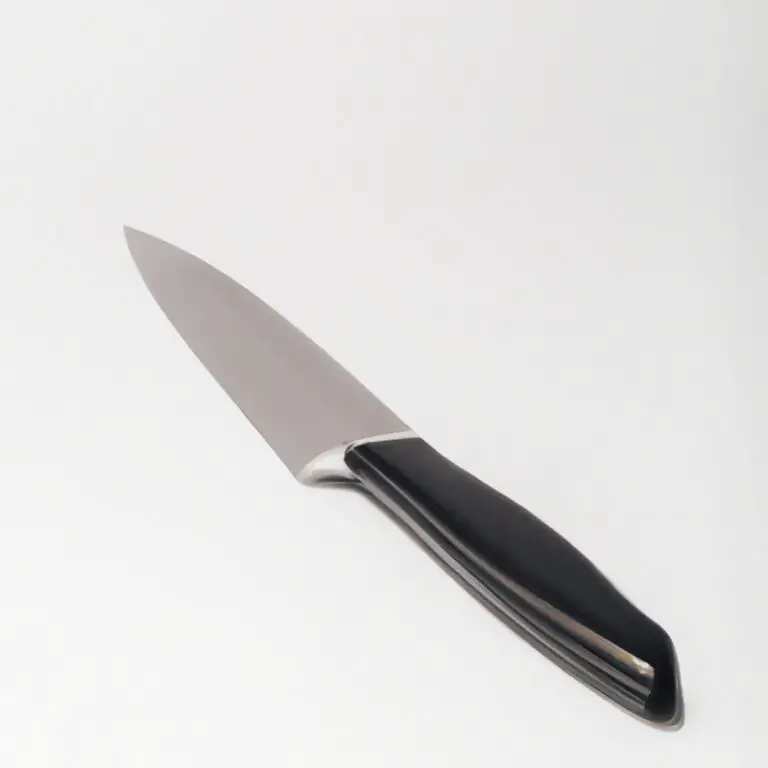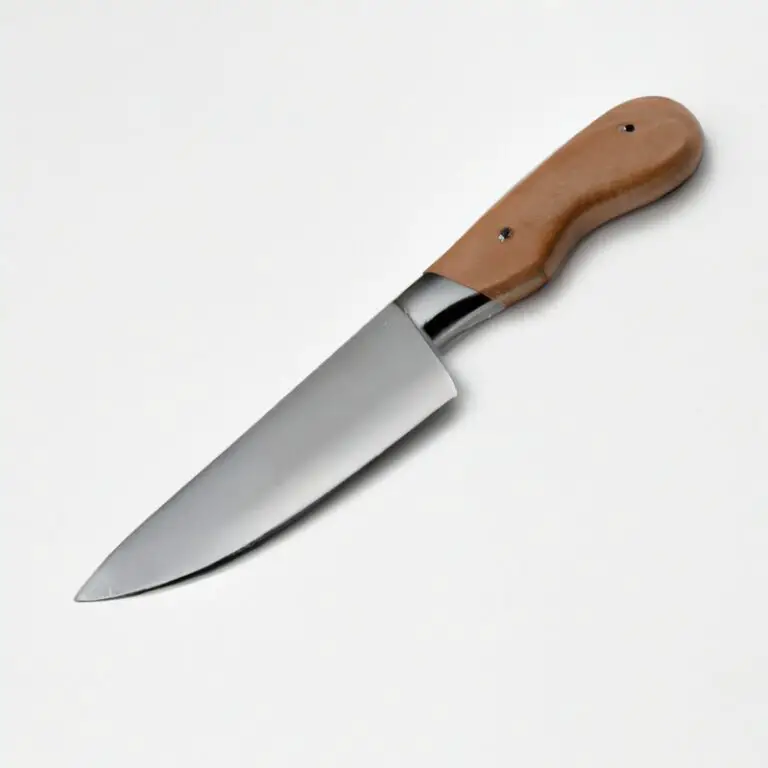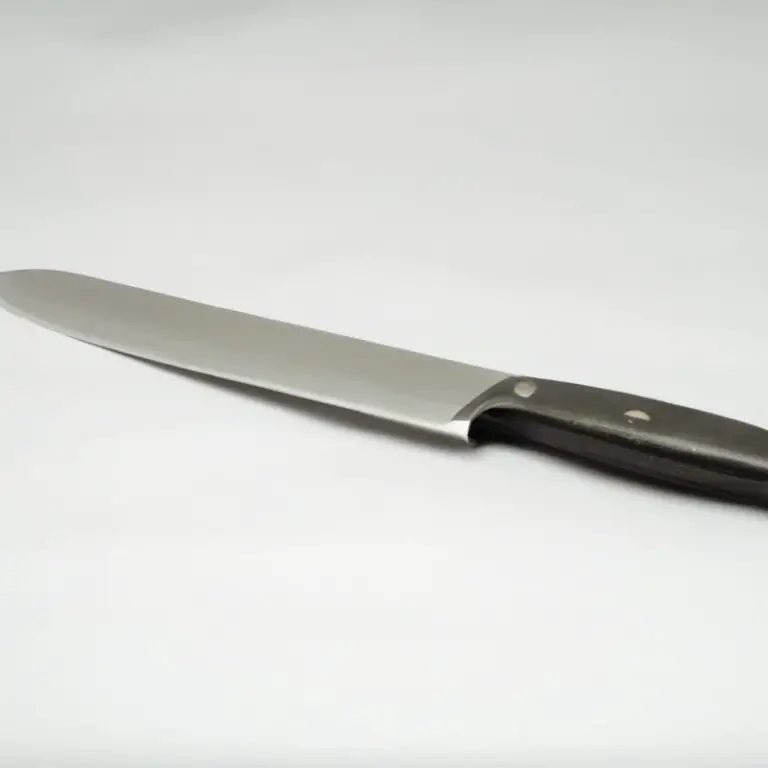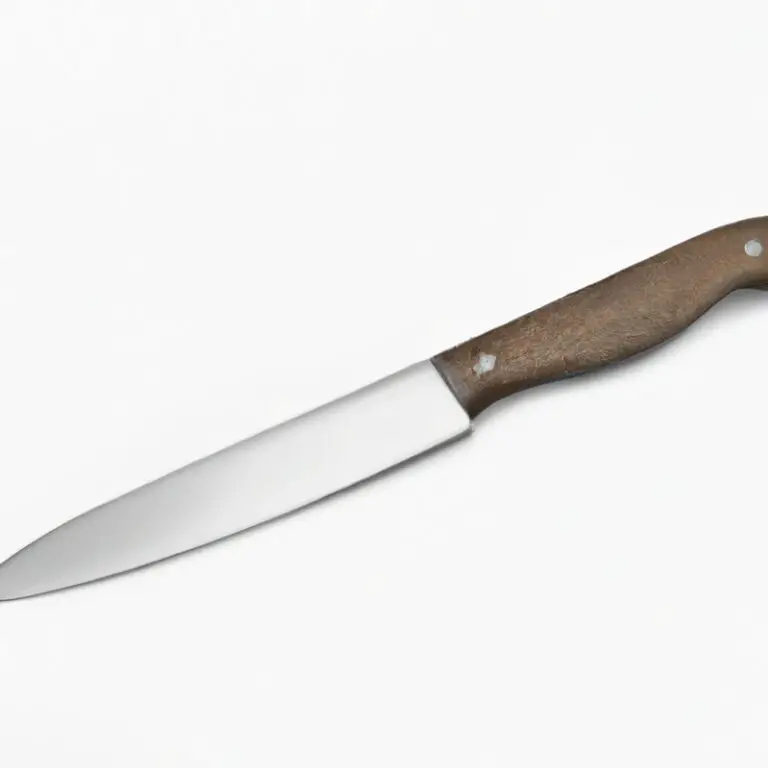How To Fillet a Large Fish Using a Fillet Knife? Let’s Get Started!
Key Takeaways:
- A sharp fillet knife is essential for filleting any large fish. Keep your knife razor-sharp to make the process easier and safer.
- Before you start filleting, master the technique of removing the head and tail of the fish to make the process smoother.
- Use a cutting board with a non-slip surface to avoid injuries. Ensure that the fish is secured to the board before you start filleting.
- Take your time and work slowly, following the natural contours of the fish. Always cut away from your body and keep your fingers away from the blade to ensure a perfect fillet every time.
Do you love fishing but dread filleting the catch of the day? Filleting a large fish can be a daunting task, but with a little practice and the right technique, anyone can do it like a pro.
In this article, I’ll guide you through the steps for filleting a fish using a fillet knife.
From choosing the right knife to storing the fillets properly, I’ll cover everything you need to know to prepare and fillet your next big catch. So, grab your fillet knife and let’s get started!
Here is a table outlining the steps to fillet a large fish using a fillet knife:| Step | Description |
|---|---|
| 1 | Gut the fish |
| 2 | Rinse the fish under cold water |
| 3 | Cut off the head behind the gills |
| 4 | Locate the backbone and make an incision just behind the gills |
| 5 | Run the blade along the backbone from head to tail, keeping the blade as close to the bones as possible |
| 6 | As you reach the ribcage, angle the blade and cut through the rib bones |
| 7 | Flip the fillet over and repeat the process on the other side |
| 8 | Trim away any remaining bones or skin |
Choosing the right fillet knife
Choosing the right fillet knife is crucial for successfully filleting a large fish. A good fillet knife should have a flexible, thin blade of about 6-11 inches in length.
The flexibility of the blade allows for efficient maneuverability and precision.
Additionally, a comfortable grip is also essential for better control of the knife. There are two types of fillet knives: electric and manual.
Electric fillet knives are ideal for large fish as they are more powerful and allow for quicker filleting.
Manual knives, on the other hand, are lightweight and portable and are better suited for smaller fish. When selecting a fillet knife, it is also important to consider the quality of the blade.
Stainless steel blades are rust-resistant and durable, while high-carbon steel blades are more rigid and easier to sharpen.
Ceramic blades are also becoming increasingly popular due to its excellent edge retention and low maintenance. Investing in a high-quality fillet knife with a comfortable grip and flexible blade will make the task of filleting fish easier and more efficient.
Remember to always keep the knife sharp and store it in a protective case to ensure its longevity.
Preparing the fish for filleting
To prepare a fish for filleting, start by cleaning and gutting the fish as soon as possible. This will prevent the fish from spoiling and allow for easier handling.
Rinse the fish thoroughly under cold running water to remove any remaining traces of blood or scales.
Next, lay the fish on a cutting board and make a small incision behind the gills, cutting down towards the backbone. Use a sharp fillet knife to cut along the backbone, starting at the head and working towards the tail.
Once the first fillet is removed, flip the fish over and repeat the process to remove the second fillet.
Use a pair of pliers or tweezers to remove any remaining bones. Finally, trim the fillets as desired and store them in a plastic bag in the refrigerator or freezer until ready to use.
Removing the head and tail
To remove the head and tail, begin by placing the fish on a cutting board with the belly facing downwards. Take your fillet knife and make a cut behind the gills towards the backbone, cutting through the fish’s spine.
Turn the fish around and make a cut behind the tail, also cutting through the spine.
Remove the head and tail and discard them. This step will make it easier to access the fillet and make clean cuts along the backbone in the next step.
Cutting along the backbone
Cutting along the backbone is a crucial step while filleting a large fish using a fillet knife. After removing the head and tail, make a cut at the top of the fish’s head and then run the knife along the backbone.
Use long, smooth strokes and cut as close to the bone as possible, working your way down to the tail.
You may need to use a little force to cut through the fish’s spine. Once the fillet is separated from the backbone, repeat the process on the other side of the fish.
Cutting along the backbone ensures that the fillets come out clean, with minimum meat left on the bones.
Ensure to keep the knife blade as close to the bone as possible for best results. Remember to take your time and keep your strokes even.
With experience, cutting along the backbone will become easier and more precise.
Removing the rib bones
To remove the rib bones from a fish fillet, locate the rib cage by feeling for the bones with your fingers or a fillet knife. Make a small incision along the top of the ribs and use the tip of the knife to cut along the bones, gently separating the flesh from the rib cage.
Be careful not to cut too deeply or remove too much flesh.
Once the ribs have been removed, use a sharp fillet knife to trim any remaining bones or cartilage from the fillet. This will result in a clean, boneless fillet that is ready for cooking.
Removing the skin
Removing the skin is an essential step in filleting a large fish that requires a bit of skill and caution. To do this, lay the fillet skin-side down on a cutting board and make a slight cut between the flesh and skin at the tail end.
Hold the skin firmly with one hand and slide the knife between the skin and flesh at a flat angle.
As you move the blade forward, use short and smooth strokes while applying light pressure to separate the skin from the flesh. Be careful not to lose any meat while removing the skin.
Repeat the process on the other side of the fish fillet.
Once you’ve removed the skin, place the fillets skin-side down and trim off any remaining fat and bones. With patience and practice, removing the skin can be done quickly and effectively.
Trimming the fillet
Trimming the fillet is an essential step in the filleting process. To trim the fillet, examine the flesh for any remaining rib bones and remove them using the tip of the fillet knife.
Next, remove any remaining scales with the blunt side of the knife or a scaler tool.
Once the fillet is free of bones and scales, check for any remaining fatty tissue or dark areas and remove them with the knife. Be careful not to cut too deeply, as this can result in the loss of valuable meat.
Finally, rinse the fillet under cold water and pat it dry with a clean towel before storing it properly.
Proper trimming will result in a clean and tasty fillet.
Checking for bones
Checking for bones is a crucial step when filleting a fish. Even the smallest bones can ruin the overall eating experience and pose a choking hazard.
To check for bones, run your index finger along the flesh, feeling for any hard bumps or protrusions.
If you come across a bone, use a pair of pliers or tweezers to carefully remove it. Repeat this process for both sides of the fillet.
Do not rush this step as it can make a significant difference in the final product.
Once you finish checking for bones, you can proceed to clean up your workspace and store your fillets properly.
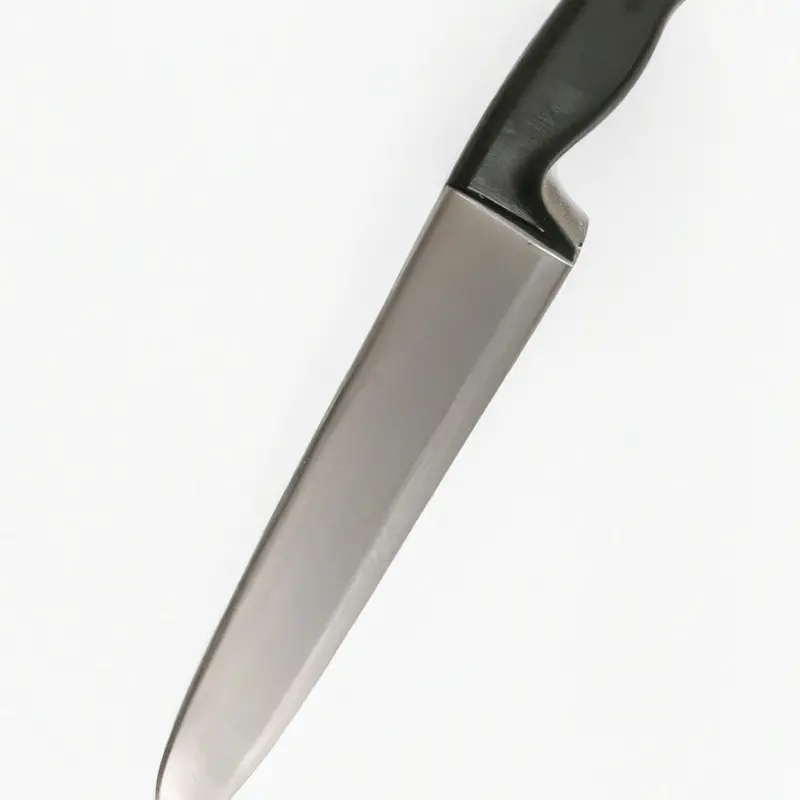
Cleaning up the workspace
Cleaning up the workspace after filleting a large fish is crucial for maintaining a healthy and hygienic environment. Leaving fish scales, juice, and bones can attract bacteria, which is not only unpleasant but also poses a health risk.
To clean up the workspace, start by wiping down the cutting board and surrounding surfaces with a disinfectant cleaner.
Next, discard any unwanted fish parts, scales, and bones in a trash bag or compost bin. Be sure to dispose of these properly to avoid any unwanted odors or pests.
After cleaning up the workspace, wash your hands thoroughly with warm water and soap.
This step is especially important, as fish can carry bacteria and other harmful pathogens. Lastly, store your fillets properly to ensure their longevity.
Wrapping them tightly in plastic wrap or a vacuum-sealed bag before placing them in the refrigerator or freezer will help prevent freezer burn and maintain freshness.
By following these simple steps, you can ensure that your workspace is clean and safe, and your fillets will remain fresh for longer.
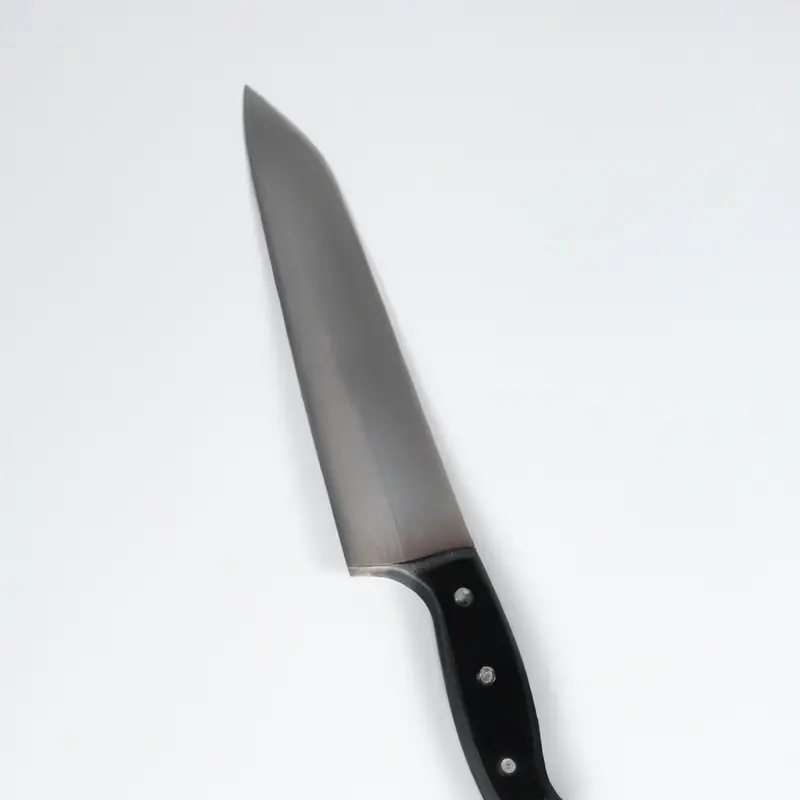
Storing the fillets properly
Storing your fillets properly is crucial to maintain their freshness and taste. First, ensure that your fillets are clean and dry before packaging them in airtight containers or vacuum-sealed bags to prevent them from being exposed to air and moisture.
You can also wrap the fillets in plastic wrap and store them in the refrigerator for up to three days.
However, if you plan to store them for a more extended period, freezing them is a better option. Place the fillets in freezer-safe bags, remove all the air and seal them tightly.
Label each pack with the date of freezing to ensure that you use the fillets before their quality deteriorates.
Frozen fillets can last up to six months in a standard freezer and up to a year in a deep freezer. Remember to thaw the fillets correctly before cooking, either in the refrigerator or cold water.
Storing your fillets correctly will guarantee that you enjoy fresh, flavourful fish for your next meal.
Final Verdict
Filleting a large fish may seem daunting at first, but with the right tools and techniques, it can be a rewarding and satisfying task. Choosing a high-quality fillet knife is crucial for achieving clean and precise cuts, while following the proper steps of preparing, removing, and trimming will ensure that you end up with a perfectly filleted fish.
Remember to always check for bones and clean up your workspace after you’re done.
Properly storing your fillets will ensure their freshness and taste. By following these tips, you’ll become a pro at filleting fish in no time.
Trust in your abilities, invest in the right equipment, and enjoy the delicious rewards of your hard work.
Happy filleting!

